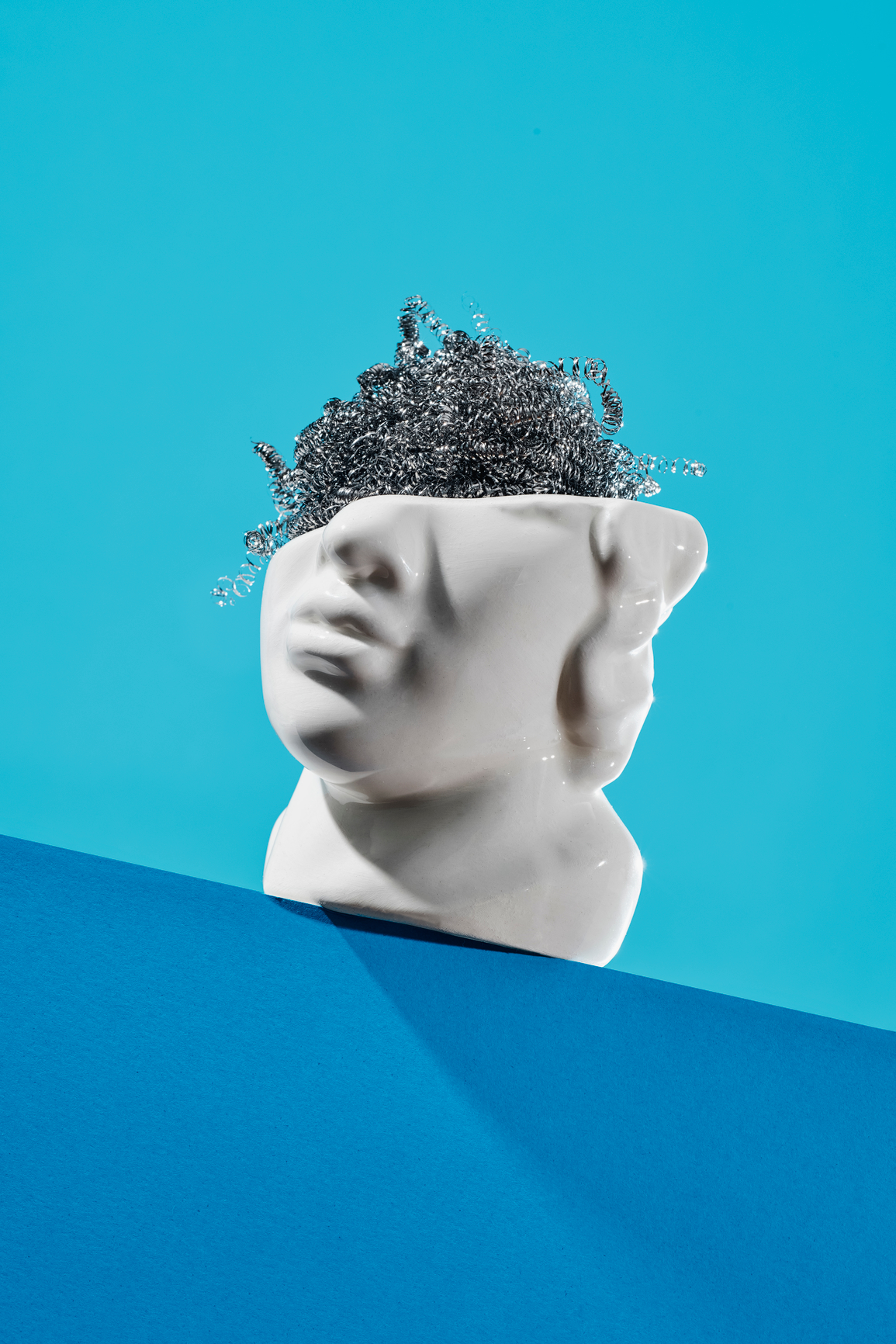Confidence, strand by strand.
Hair loss is common but treatable. With the right plan, you can restore growth, strength, and confidence.












From lifestyle to medication, real solutions for you.
Hair loss can be managed with the right plan. Treatments like finasteride or minoxidil support regrowth, while nutrition and stress management help protect hair. Specialist referrals are available if needed to restore confidence.
Straight talk, smart solutions, and results that matter.

Hair Growth – Straight Up
Hair loss is one of the most common concerns for men. By 50, about half will notice thinning, a receding hairline, or bald spots, sometimes beginning in their 20s or 30s. The main cause, male pattern hair loss, occurs when hair follicles shrink under the influence of DHT, a by-product of testosterone. Genetics also play a key role, increasing the likelihood if male relatives have experienced thinning hair.
Genes aren’t the only factor. Stress, illness, or major life events can trigger sudden shedding. Low iron, zinc, or vitamin D may slow growth, and thyroid or hormonal imbalances can contribute. Certain medications, including those for blood pressure, mood, or cancer, may also cause hair loss. Recognising these factors can help guide the right treatment and support.
Men typically see a receding hairline or thinning at the crown, while the sides and back remain intact. Hair gradually becomes finer and shorter before disappearing. Beyond appearance, hair loss can impact confidence, relationships, and even work. Talking with a healthcare professional can help you understand your options — from proven treatments to lifestyle support — and take steps toward protecting stronger hair.

Signs and Symptoms – When to Get Checked
Hair loss can show up in a few different ways. You might notice a receding hairline, especially at the temples, or thinning at the crown of your head. Some men see more hair shedding than usual in the shower, on their pillow, or when brushing. Over time, bald patches or visible scalp may appear.
While gradual hair thinning is usually nothing to worry about, there are times to seek urgent medical advice. This includes rapid or patchy hair loss over days or weeks, which could signal an autoimmune or other medical condition; hair loss accompanied by scalp pain, redness, or pus, which may indicate infection; or hair loss paired with sudden weight changes, sweating, or heart palpitations, which could point to thyroid or hormonal issues.
Early assessment helps identify the cause of hair loss, rule out underlying conditions, and determine the best path forward. It allows for timely treatment, improving the chances of slowing, stopping, or even reversing hair loss.
The Mr. Approach
At Mr. Healthcare, we get it. Men’s health challenges are common, treatable, and nothing to hide.
Our approach is:
- Private & discreet: No awkward waiting rooms.
- Comprehensive: We check hormones, lifestyle, and mental health.
- Personalised: Treatment plans built around you.
- Supportive: Ongoing reviews to make sure you’re on track.

Your health first
No shame, no judgment—just real talk and real results. Our goal: to give you the edge to stay sharp, steady, and in control.




